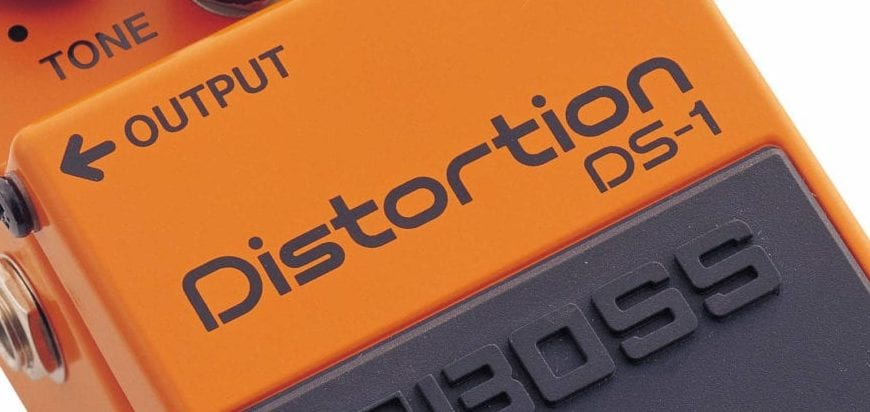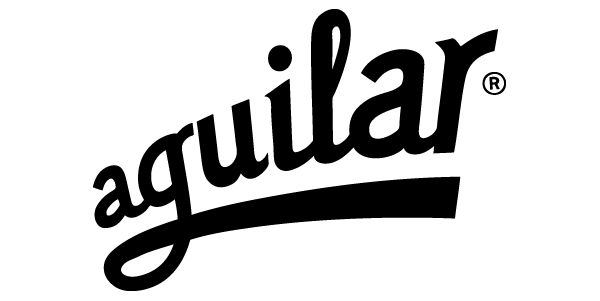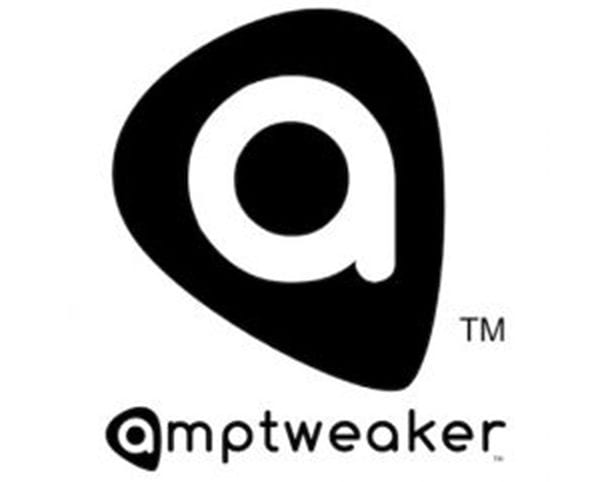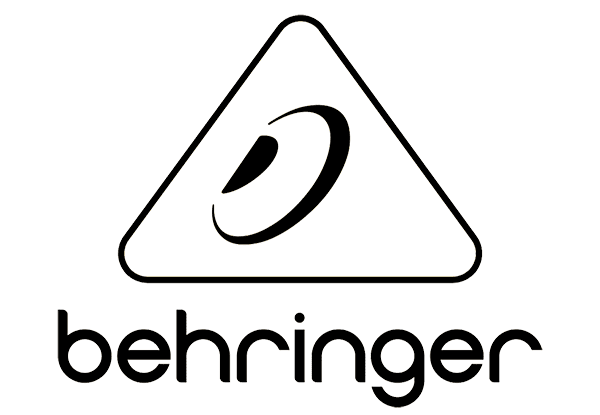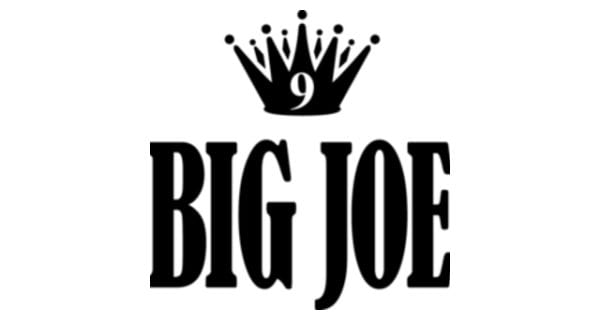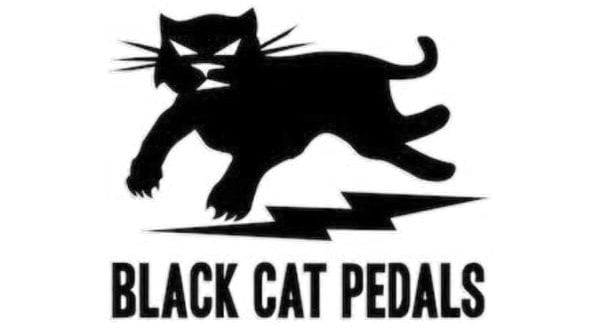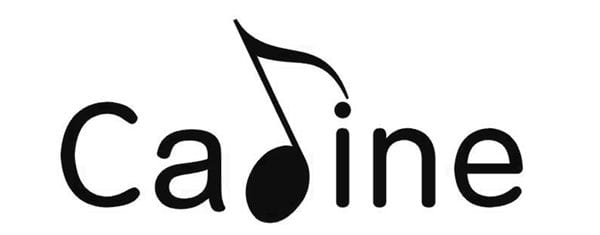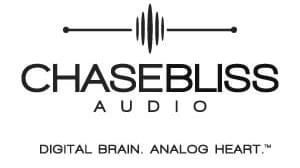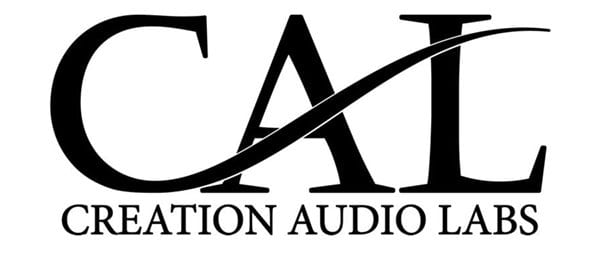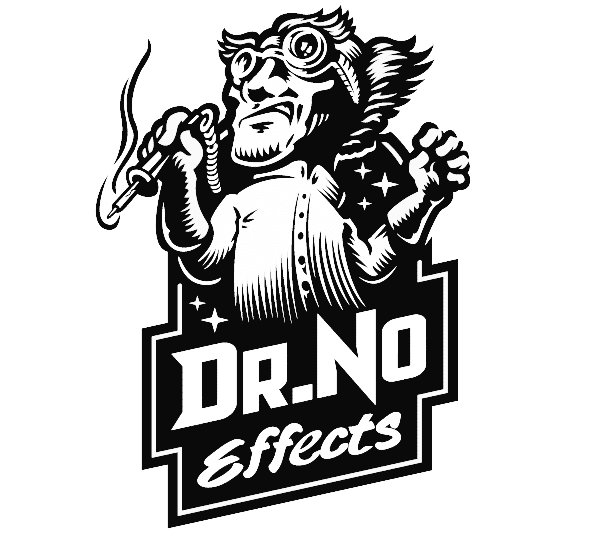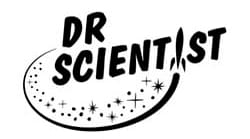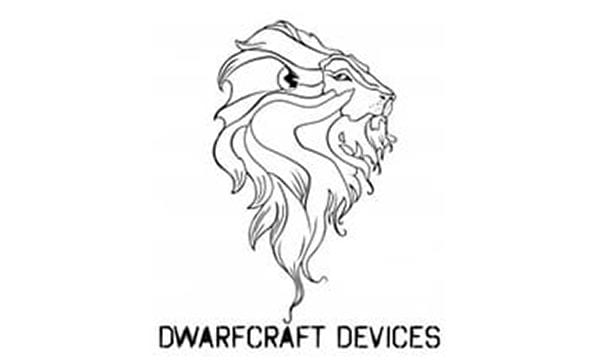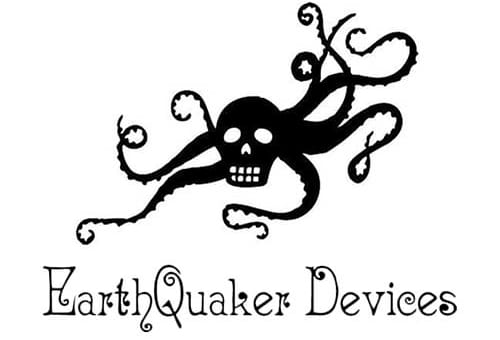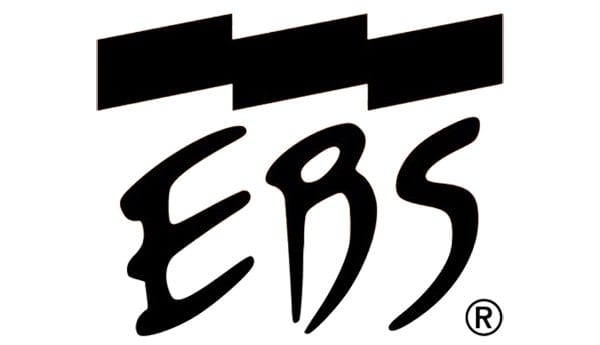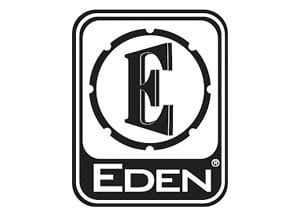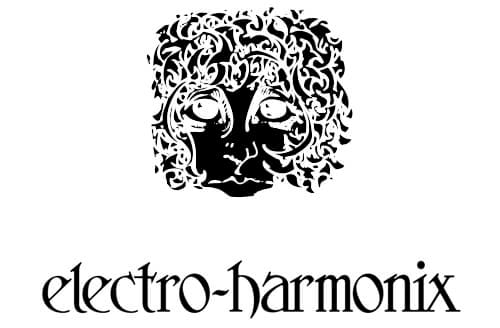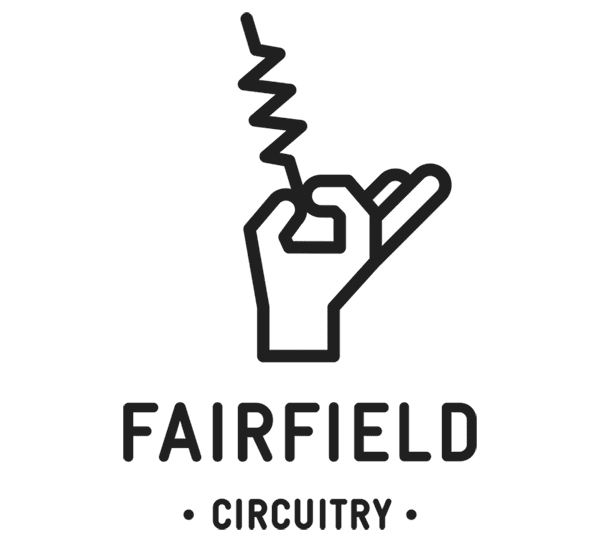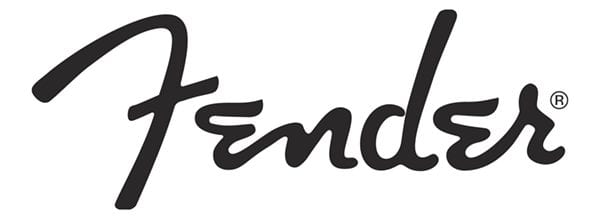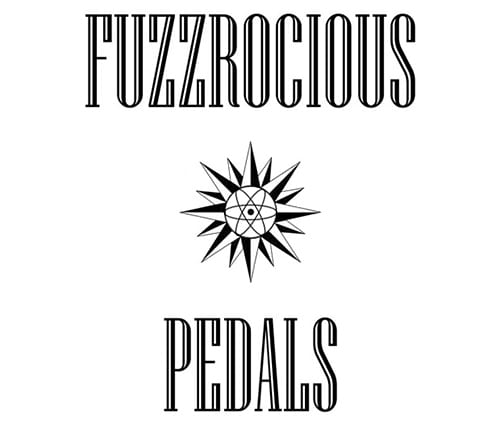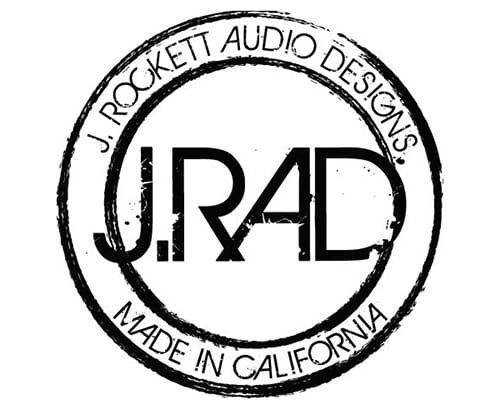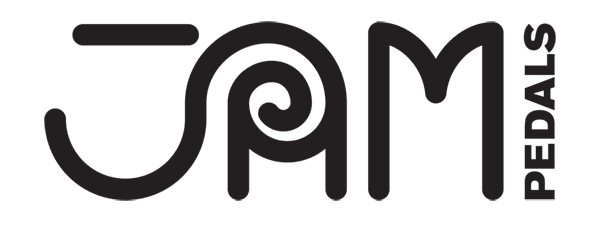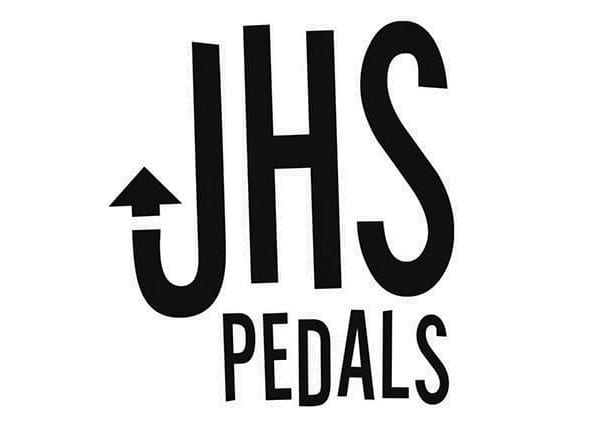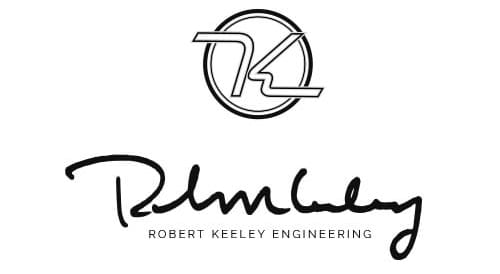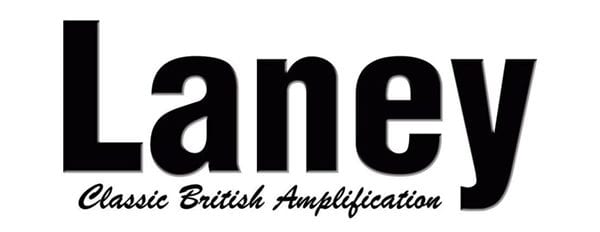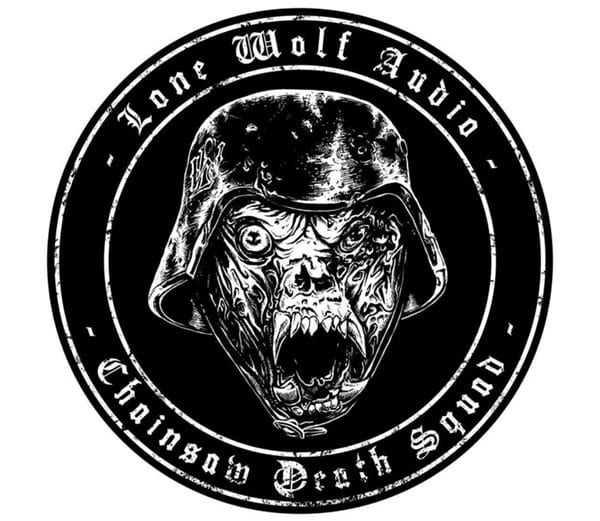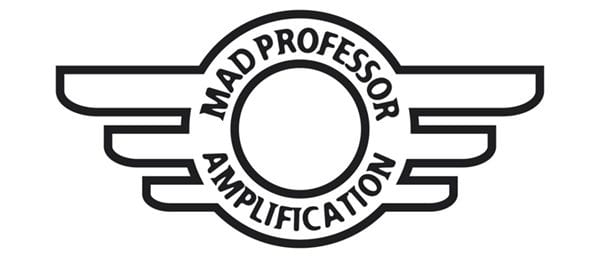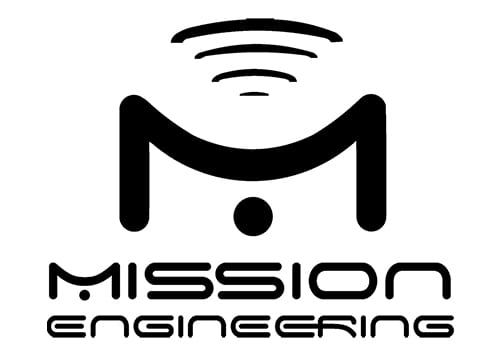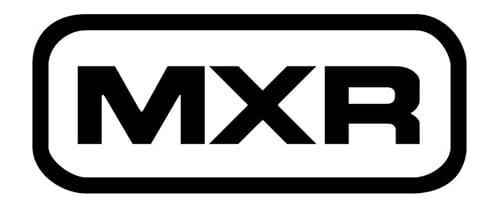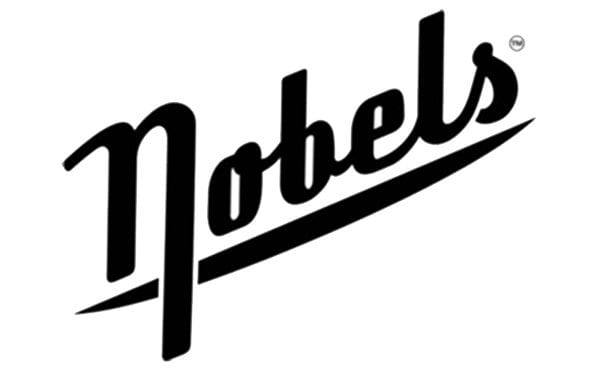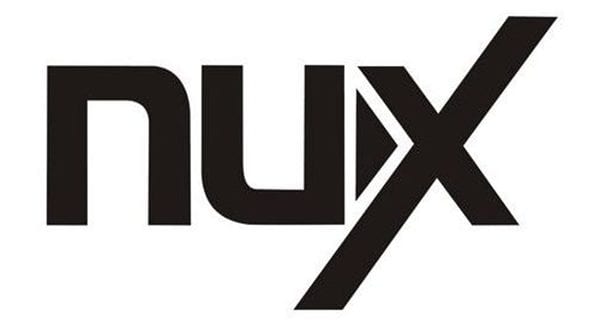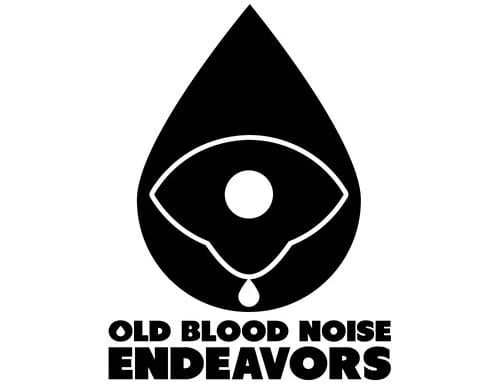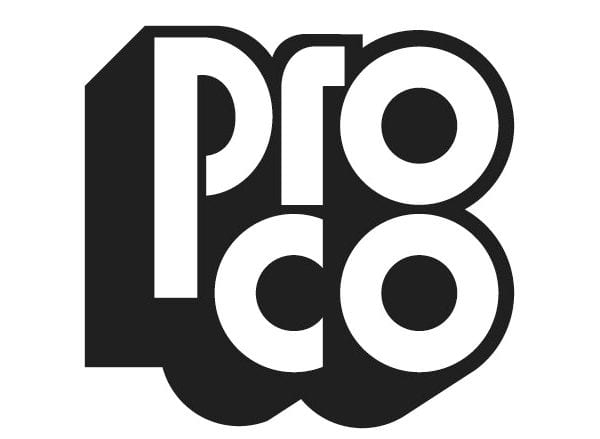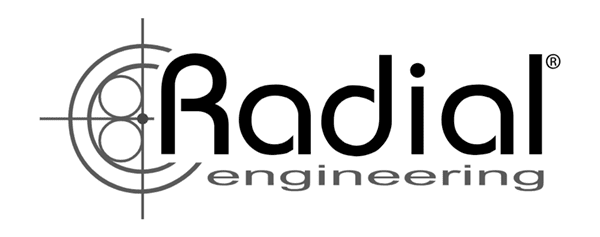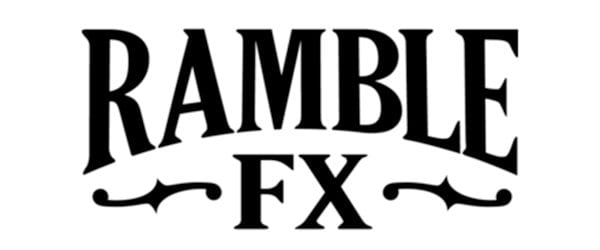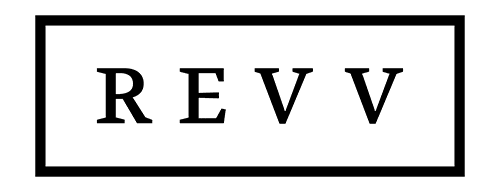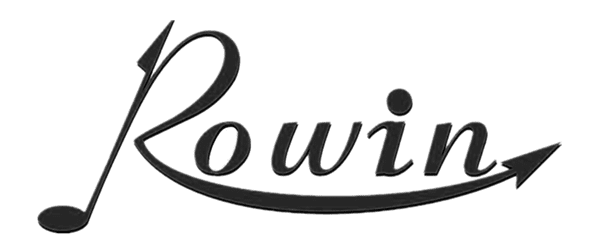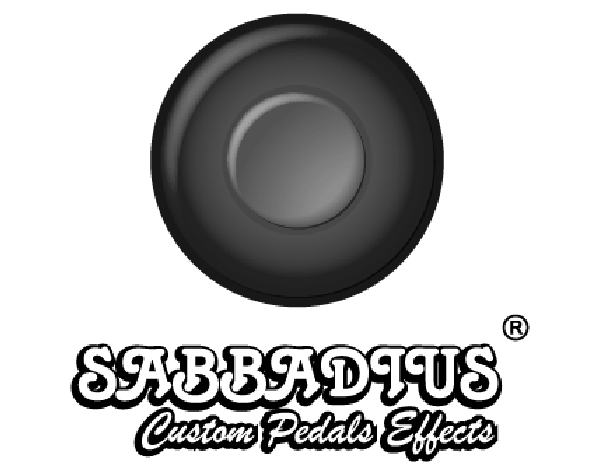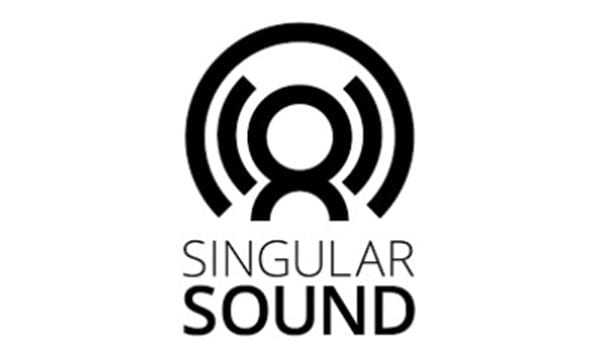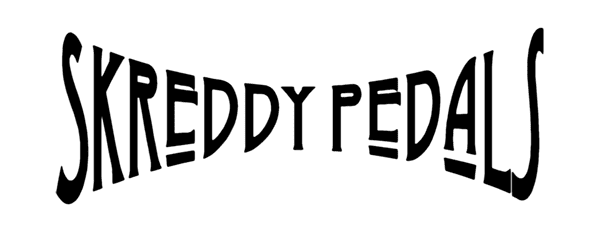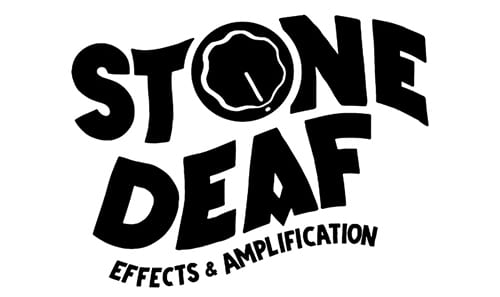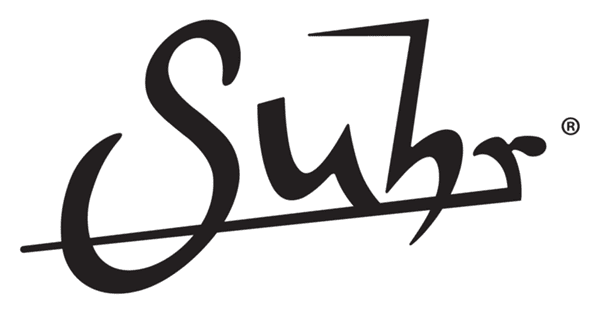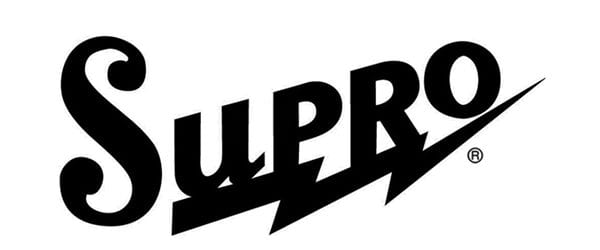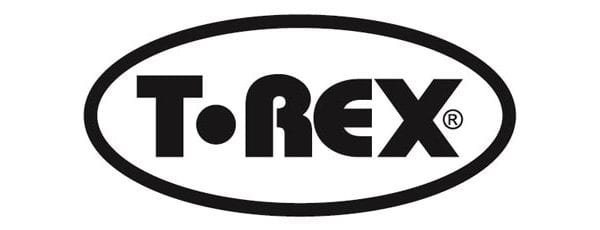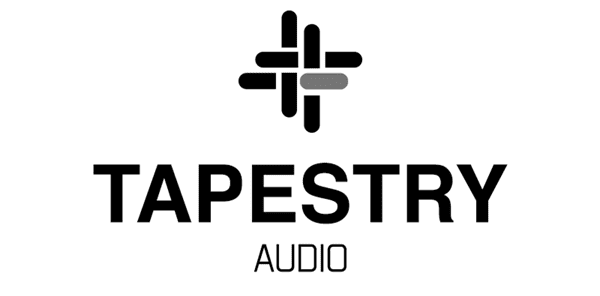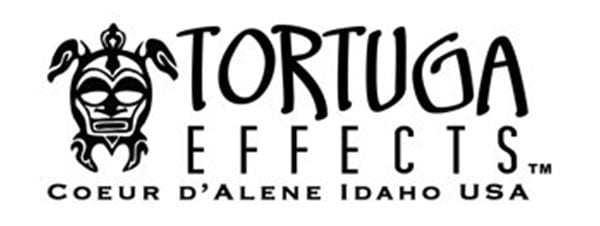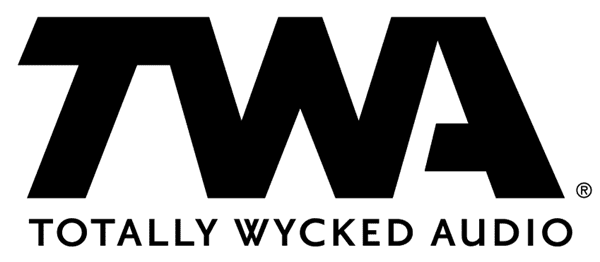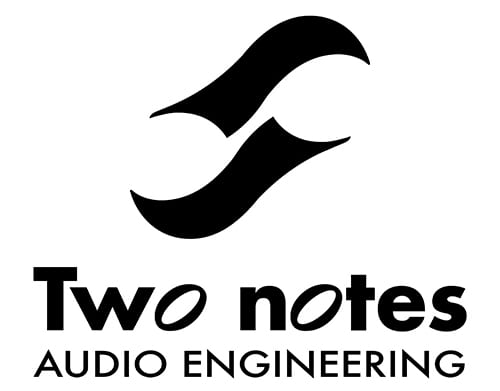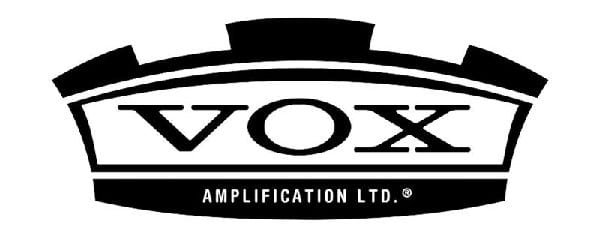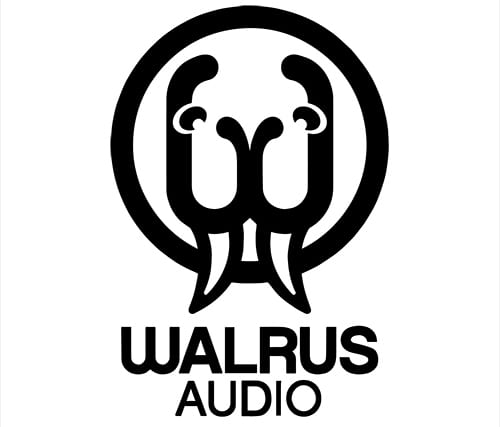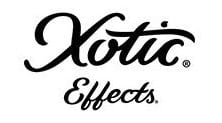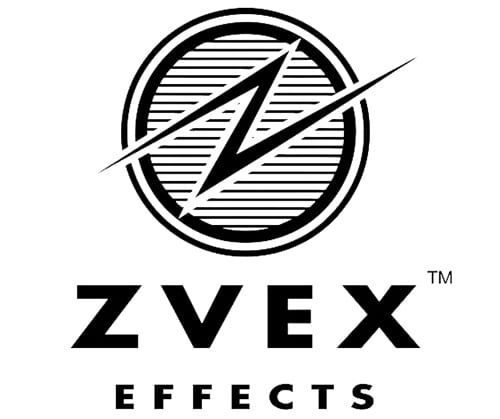Fuzz, crunch, gain, dirt—whatever you want to call it, a distorted guitar signal is arguably the most fundamental sound that sets rock apart from jazz, blues, or country. Once you cross that territory from an edgy overdrive into gravelly distortion and fuzz, one thing is clear: you’re rocking out.
When garage rockers of the ‘50s and ‘60s would crank their preamps and push a powerful signal through a low master volume setting, the process of “clipping” the tops and bottoms off of their signal’s sound waves produced a brand-new, fuzzy sound. Although many folks detested this gritty distortion, over-the-top fuzz quickly gained (no pun intended) a following. Production of lo-fi, transistor-driven fuzz pedals began in the early ‘60s, and by the time Keith Richards played the opening riff to “Satisfaction” in 1965, the effect was immortalized.
With the rise of niche pedals, classic clones, and boutique companies, we have more options than ever from hard-clipped ‘60s fuzz to less-clipped but higher gain “crunch” distortion of ‘80s and ‘90s metal. Check out all the latest and best new distortion pedals right here.
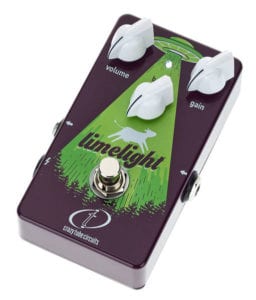 Crazy Tube Circuits Limelight
Crazy Tube Circuits Limelight
While not a true clone of any one pedal, Crazy Tube Circuits has put together a synthesis of early-’60s fuzz pedals with the Limelight. This no-frills pedal is all-analog and houses select Germanium transistors for warm, compressed clipping. It’s historically accurate, right down to the crackle you’ll hear when you adjust the knobs.
The volume and gain controls will be familiar to most players. If you need more of a slight boost than on-demand fuzz, just boost the volume and drop the gain. More unique to this pedal is the center “beam” knob that adjusts the specific type of fuzz voicing. Keep it low, and you can get all those trashy-but-amazing garage rock voices that sound like torn speaker cones. Boost it higher for more full-bodied sustain. Overall, the Limelight is a fuzz pedal that stays true to the effect’s roots while providing wide versatility.
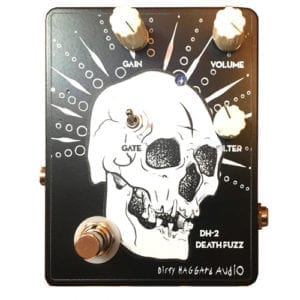 Dirty Haggard Audio DH-2 Death Fuzz
Dirty Haggard Audio DH-2 Death Fuzz
Dirty Haggard Audio, a small Oregon boutique company, has produced a very unique fuzzbox with the DH-2 Death Fuzz. Its circuitry is based on the rare ‘70s Shin-ei FY-2 Companion. Unlike the FY-2, which tended to have a loud “noise floor” with too much hiss and feedback, the DH-2 features a “gated” fuzz so you can cut out background noise and sustain. The result is a combination of screaming distortion with the possibility of complete silence between your phrasing.
Behind the three simple fuzzbox controls—Volume, Gain, and a Filter that adjusts tone—are myriad adjustments that address other problems of the original FY-2: low-pass filtering, phase adjustments for the two transistors, and even radio frequency rejection (if you’ve had this problem, you know it). There’s also noise cancellation that adds a paradoxical clarity to groaning, growling distortion—and the Death Fuzz nails it.
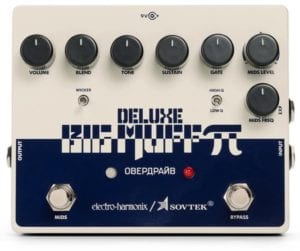 Electro-Harmonix Sovtek Deluxe Big Muff Pi
Electro-Harmonix Sovtek Deluxe Big Muff Pi
The original 1969 Big Muff pedal, produced by Electro-Harmonix (EHX), is one of the most iconic and cloned pedals ever. New for 2019, EHX has released a deluxe, upgraded version, the Deluxe Big Muff Pi. This pedal blends the voice of the Russian-made Big Muff Civil War from the early ‘90s with controls similar to EHX’s earlier black Deluxe Big Muff Pi. The result is a powerful, yet mellow unit that rides the line between distortion and fuzz.
In addition to the originals’ standard Level/Sustain/Tone knob trifecta, this Deluxe features a clean/dirty blend, a gate knob to ease back that fuzzy background noise, and a “wicker” switch that boosts treble a bit. Mid tone controls is where this pedal really shines, however, with knobs for both mid level and frequency, and an expression pedal input to give you almost a phaser/wah-style control over swooping mid-level changes. For subtle overtones, classic warm fuzz, and more versatility than before, this new Big Muff is a game-changer.
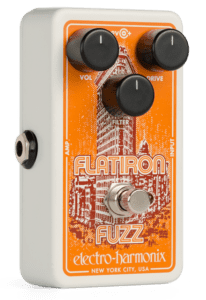 Electro-Harmonix Flatiron Fuzz
Electro-Harmonix Flatiron Fuzz
EHX doesn’t just do Big Muffs. This year they’ve also released the Flatiron, a fuzz/distortion pedal influenced by the classic ProCo RAT2. It’s simple, inexpensive, and very adjustable for a three-knob pedal. You can ease back on the drive a bit for a distortion that almost sounds like British overdrive, or crank it for a throaty, hard-clipped fuzz. Instead of a standard tone knob, the Flatiron features a low-pass filter control, letting you regulate just how much high end you’ve got.
The Flatiron could be the end-all distortion pedal for those who love ‘90s alternative/grunge, or any kind of lo-fi, retro vibe in one pedal at a killer price. As an added touch, it’s got a picture of the famous NYC Flatiron building on its face.
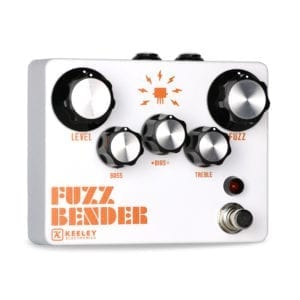 Keeley Fuzz Bender
Keeley Fuzz Bender
If you want classic fuzz that runs the full sonic spectrum, check out the Keeley Fuzz Bender. With two types of diodes—higher gain silicone, and smoother germanium transistors—and an active bass/treble EQ, you’ll be able to dial in about any tone you want.
Even more unique is the pedal’s bias control, which manage the attack and decay of your gain. The sound waves of traditional hard-clipped fuzz are square-shaped, but the bias can shape broader wave patterns, even to the point of breaking up into a “glitchy velcro” attack, in Keeley’s own words. If you want fuzz, fuzzier, and fuzziest with a broader variety than typical Big Muff-style pedals, check out the Fuzz Bender.
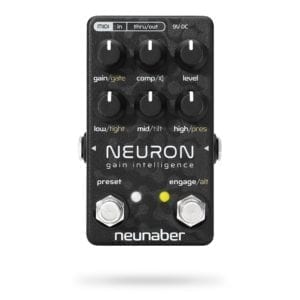 Neunaber Neuron Gain Intelligence
Neunaber Neuron Gain Intelligence
With the Neuron, Neunaber has taken a distortion pedal and pushed it almost all the way into pre-amp/amp simulator territory. Its drive and gain are warm and organic—think the best, crunchiest tones from a Marshall or Mesa Boogie. Plus,the three-band EQ in the pedal’s second row of knobs features completely independent lows, mids, and highs. It’s got a built-in compressor as well.
But then the Neuron takes pedal control to another level. Five of the six knobs are dual-function, allowing you to dial in a noise gate, speaker simulator, and amp-style tightness, EQ tilt, and presence. If all these functions seem a bit overwhelming, you can pull up to six presets via a separate on/off button, or connect the pedal via MIDI for up to 24 presets. This pedal may very well be the last word for heavy rockers.
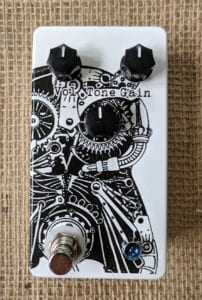 Tonetuga FX Clockwork Multidriver
Tonetuga FX Clockwork Multidriver
It’s pretty bold when you call a pedal with regular Vol/Tone/Gain knobs a “multidriver,” but Tonetuga, a boutique company out of North Carolina, has done just that with the FX Clockwork Multidriver. The Gain and Tone controls easily let you run the gamut from ‘60s fuzz to the crunch of ‘80s metal; counterintuitively, if you max out the gain, a low-gain fuzz face results.
There’s one more little secret knob that opens up crazy sounds on this pedal, though—your guitar’s volume. Tonetuga recommends putting this pedal very first in your chain, dropping your guitar volume to 1-2, and setting the pedal’s Gain to max for a crazy, bit-crushing sound with subtle octaves as well. There’s a lot you can do with these knobs, and they jive just like clockwork.
In Summary
These new pedals present the full spectrum of clipped signals from buzzing fuzz to crunchy distortion, with plenty of tone shaping, amp modeling, and other intricacies as well.
For traditional fuzz boxes reminiscent of early garage rockers, either of the EHX units or the Keeley will satisfy your appetite.
If you want more fine-tuning options with a continued focus on a vintage lo-fi transistor fuzz sound, the Crazy Tube Circuits or Dirty Haggard Audio both excel for pure analog glory.
For bridging the gap between fuzz and distortion, with much more variety, the Neunaber or Tonetuga could be the sole drive/distortion/fuzz units on your board.

